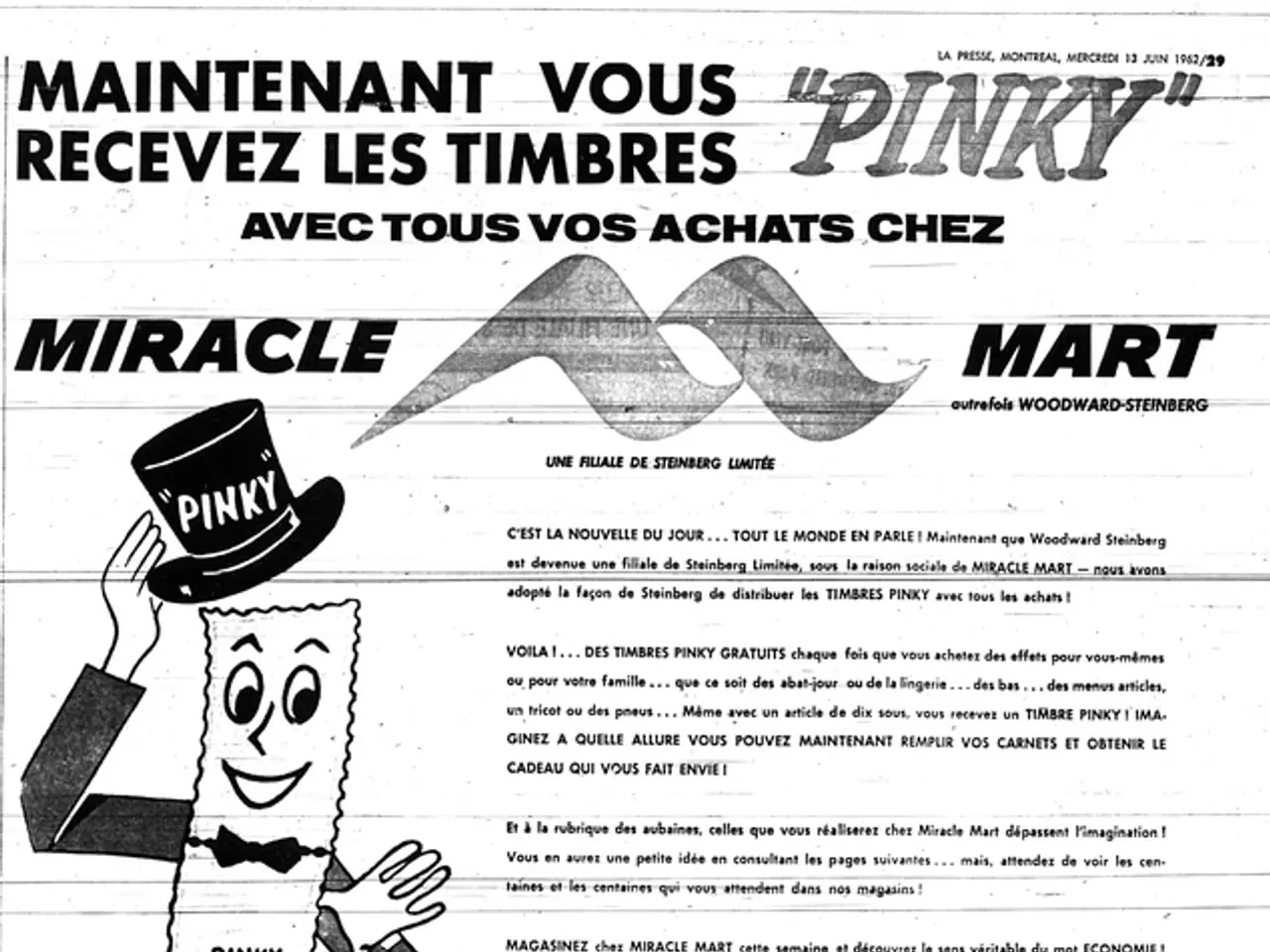Unveiling the True Cost: A Comprehensive Guide to Purchasing Power Parity (Method, Advantages, Disadvantages)
Flattenin' Out the Globe: Understanding Purchasing Power Parity (PPP)
What's up? We're diving into purchasing power parity (PPP), an economic concept that brings the world a tad closer to fairness — a dreamy scenario where the same items cost the same across different countries. Sounds too good to be true? Don't worry, we've got all the dirty details right here!
PPP takes the notion of the law of one price and runs with it. If you've never heard of that fabulous law, it goes something like this: the price difference between goods in two countries should only reflect their nominal exchange rates. In other words, once you account for exchange rates, you should be able to buy the same set of stuff in any ol' country. Now, we all know that's not really how the world works, but PPP helps us get there — kinda, sorta.
Why Purchasing Power Parity Matters
PPP comes in handy when we're trying to compare apples and oranges (more specifically the gross domestic product or GDP, but funny you mentioned apples and oranges). By taking into account the fact that, say, a dollar might buy more in one country than in another, PPP helps us make fairer, less bewildering economic comparisons.
PPP is like your best travel buddy, helping you figure out which basket of goods will take you the furthest — be it in Berlin or Bangkok. The World Bank, for instance, uses PPP conversion factors to adjust GDP figures for each country, letting us see the differences in the prices for all goods and services across countries.
How to Master PPP
PPP decodes the mystery of a country's cost of living, all the while having a laugh at exchange rates. Here's the lowdown on how to calculate PPP:
- PPP exchange rate (in domestic currency per foreign currency) = Domestic price of basket / Price of basket abroad
That means you can calculate how much of a country's currency you'll need to buy the identical basket of goods found abroad.
Case Study: Chicago vs. Paris
Let's create a basket that could make your vacay shine brighter:
- Chicago: Lunch at a café (USD $12), movie tickets ($15), museum entry ($20) - Grand total: USD $47
- Paris: Lunch at a café (EUR €15), movie tickets (€18), museum entry (€22) - Total cost: EUR €55
Step 1: Convert Euro price to USD (assuming a known exchange rate):
Suppose the exchange rate is 1.2 USD per EUR. So, the basket in USD would cost:
- USD price = EUR price x USD per EUR
- USD price = EUR €55 x USD 1.2 per EUR
- USD price = $66
Step 2: Calculate the PPP exchange rate (USD per EUR):
Now that both basket prices are in USD (using PPP logic), you can use the formula:
- PPP exchange rate (USD per EUR) = USD $47 (Chicago basket) / USD $66 (Paris basket)
- PPP = 0.71 USD per EUR
This PPP exchange rate suggests that, based on our dream vacation pack, you'd need less than 71 cents to purchase the same goods in Paris compared to Chicago (given the exchange rate of 1.20 EUR per USD). Keep in mind that PPP is an estimate and reality can get a bit bent out of shape!
Types of Purchasing Power Parity
PPP dresses up in two formats, each with its own sassy strut: absolute PPP and relative PPP. It's all about knowing which dance you're sliding into.
Absolute PPP:
Imagine a world where Fast Forward had come to life and everything, from a can of beans to a designer handbag, costs the same in every corner of the globe. That's the heart of absolute PPP. It states that the exchange rate should reflect the price levels between countries if identical products could theoretically be swapped at no cost.
Relative PPP:
While absolute PPP puts on a lab coat and checks the universe for equal pricing, relative PPP heads to the dance floor. It focuses on the dynamic aspect, suggesting that price level differences between countries should be reflected in exchange rate changes over time.
Benefits of PPP
Beyond the nerdy stuff, PPP shakes up the conversation about economies around the world. Let's roll up our sleeves and delve into the advantages:
Unmasking the real value of economies: By converting GDP to a common currency using PPP exchange rates, we can get a clearer picture of a country's true economic output.
Beyond currency values: By comparing the cost of a basket of goods using PPP exchange rates, we can see how far your buck stretches in different countries.
Forecasting? Maybe so!: PPP doesn't reveal the future, but it does shed light on long-term exchange rate trends. This can be helpful for investors trying to understand currency fluctuations.
Setting the truth straight: PPP offers a more reliable benchmark when governments intervene in currency markets, helping us to identify potential currency manipulation.
Limitations of PPP
PPP isn't perfect, and it's important to remember that. The quality of goods, transportation costs, and data availability can all influence the accuracy of PPP calculations:
The struggle for an identical basket: From canines to lollypops, making an apple-to-apple comparison is a challenge due to inconsistencies in product quality and consumer preferences.
Real-world woes: PPP assumes that identical goods should cost the same everywhere, but it neglects transportation costs, trade barriers, and quality variations between goods in different countries.
The data dilemma: Measuring PPP precisely is a challenge due to vast product numbers, limited data, and the availability of local products.
Bottom Line
Purchasing Power Parity is a nifty tool for equalizing the price of identical goods across countries. It's not all roses and rainbows, but it offers valuable insights for anyone trying to navigate the wild world of international trade and investment. Here's to flattening out the globe, one basket of goods at a time!
Businesses dealing in international finance would find PPP (Purchasing Power Parity) significant as it helps in making fairer comparisons of GDP between countries, allowing for a better understanding of the true economic output and the cost of living in different countries. Using PPP, investors can also gain insights into possible long-term exchange rate trends, which can be helpful in forecasting currency fluctuations. However, it's important to note that PPP has its limitations, such as the difficulty in finding an identical basket of goods, the neglect of transportation costs and trade barriers, and the availability of local products and data for accurate calculations.




